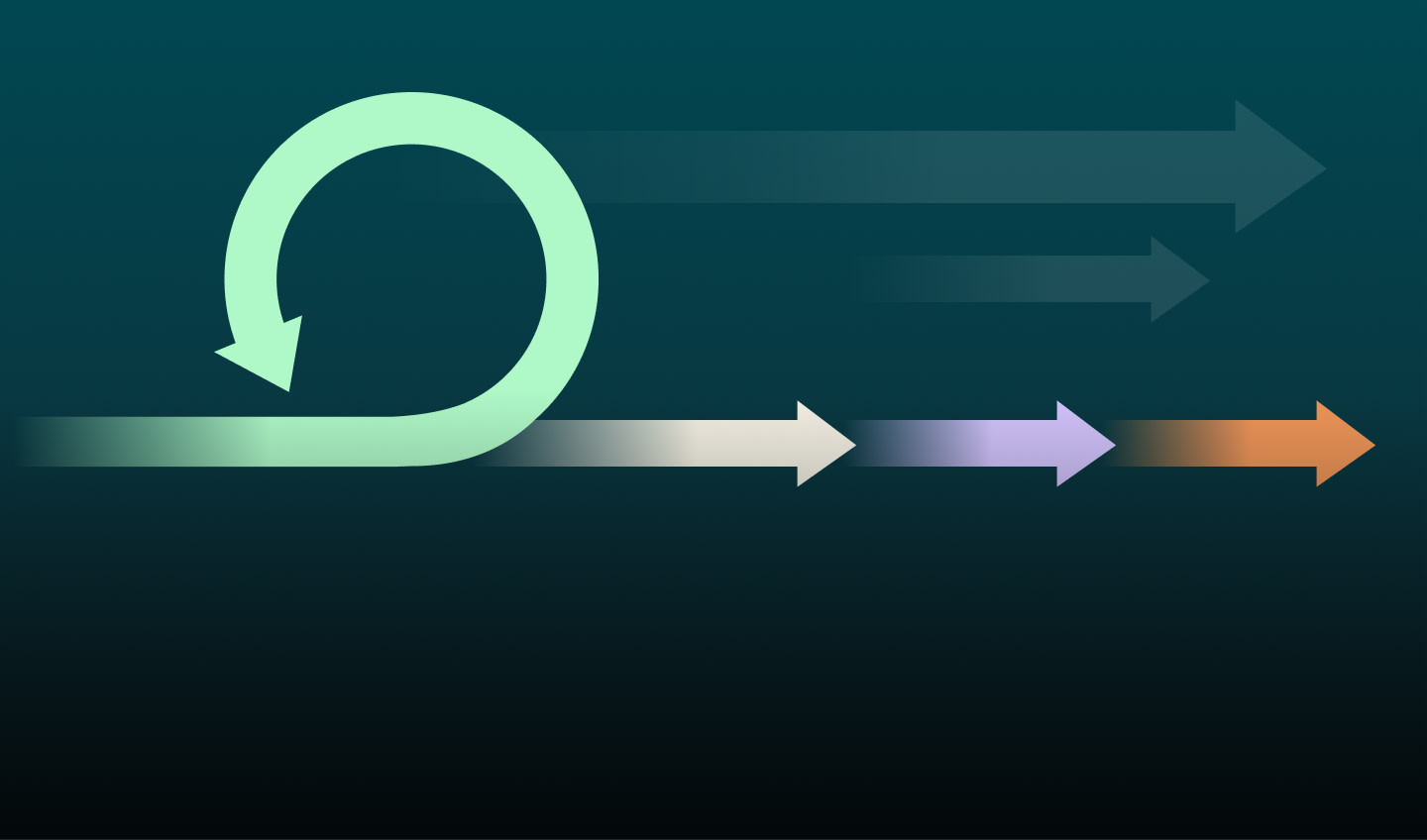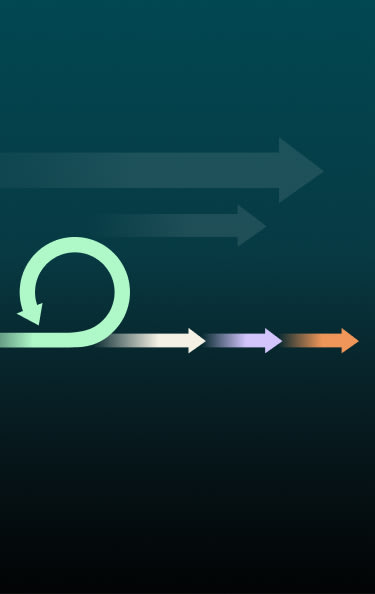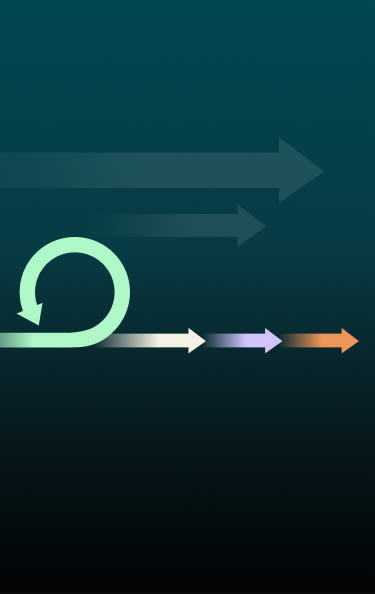
Dec 18
Derek Sargent
Dec 18, 2023
Choosing the right sprint length within a scrum framework
What is the ideal length of a Sprint?
A sprint is a time-boxed event with a duration of one to four weeks, and its purpose is to set a regular interval toward that particular sprint’s goal. However, it can be difficult choosing the right cadence for a project to set it up for success. Too short of a duration and the resulting user stories can quickly become superficial in an effort to allow enough time for the development and testing process. Similarly, too long of a duration and the user stories become overly complex and large in scope, which can result in a process that starts to resemble the waterfall model more than we’d like. One reason we often want to avoid the waterfall model is that each step of the process blocks the next until its completion due to its sequential nature. That is why for most projects, a more moderate duration of two weeks per sprint is often the most appropriate choice.
According to one comprehensive Agile study across numerous companies, it was found that 6.2% of Scrum teams had implemented one-week sprints for their projects, 59.1% two weeks, 23.4% three weeks, 9.8% four weeks, and 1.5% five or more weeks [1]. It can be shown from these statistics that two weeks was the most popular sprint length, representing more than all of the other durations combined.
While a two-week length is the most popular, different lengths are better suited to different outcomes. Creating rapid prototypes or proof of concepts are a common situation where a one-week sprint is ideal. These types of projects are fast paced which need to produce results quickly and at frequent intervals for stakeholders. On the contrary, projects that have deep and complex integrations between different layers and services can be better suited to three or four-week sprints. This allows developers and testers adequate time to complete user stories without having to mock incomplete features, which can add unnecessary delays for the overall project.
However, the statistics still support that most projects should use a two-week sprint length. Two weeks allow for user stories of reasonable complexity, while encouraging a cadence that keeps progress visible to stakeholders. This duration of each sprint also allows for more frequent sprint ceremonies, such as the retrospective. Having these sprint ceremonies more often can provide a tighter feedback loop, often resulting in a project enjoying higher success.
References:
[1] 300+ Agile & Scrum Statistics
- Technology & Engineering
- Consumer Media and Entertainment
- Financial Services


